Since then, this method has gained in popularity and is increasingly being adopted by expert and beginner gardeners alike. This type of gardening is often referred to as ‘no-till’ because it eliminates the need for a traditional tilling process. It has become popular among those looking for an easy and sustainable way to grow their own food.
How Does No-Dig Gardening Work?

In traditional gardening, the ground is dug up and turned over multiple times a year, disturbing the soil. This often kills beneficial bacteria and organisms that help keep the soil alive. However, In no-dig gardening, the soil is not disturbed at all. Instead of creating a hole and turning the soil, this method builds layers on top of the existing soil, thus preserving the natural organisms. These layers typically include a layer of compost, a layer of mulch, a layer of manure, and a layer of newspaper, cardboard, or straw.
The Layered System In No-Dig Gardening
Layer 1

The newspaper or cardboard layer is the base layer of no-dig gardening. Either cover every inch of the area with cardboard (without staples and tape) or thick layers of newspaper (6-10 sheets thick). This will smother the grass and kill it, preventing weeds from springing up. Then, wet it all by spraying water, so the cardboard/newspaper isn’t blown away. The water will also help the base layer conform to the ground.
Layer 2

The manure layer (solid waste from animals) is the second layer of no-dig gardening. Manure helps to improve the soil structure, aerate the soil, and provide nutrients to the plants. The idea behind this layer is to block out any light from reaching the weeds and grass underneath while keeping the cardboard/newspaper moist. Again, spray some water over the layer.
Layer 3

The mulch layer (decaying leaves, bark, etc.) is the next and is responsible for keeping the soil moist and protecting it from wind and other elements. Mulches can be made from grass clippings, leaves, straw, wood chips, or sawdust and should be applied as a 4 to 6-inch layer.
Layer 4

The compost layer is typically the top layer and is responsible for providing nutrients to the soil. Compost (made from kitchen scraps or yard waste) helps improve soil structure by increasing its ability to retain water and nutrients.
Benefits of No-Dig Gardening

No-dig gardening has numerous benefits that make it attractive to gardeners. Some of them are as follows -
- Less Work - No-dig gardening requires significantly less effort than traditional gardening. That’s because the laborious and time-consuming task of digging is eliminated.
- Improved Soil Quality - No-dig gardening encourages the development of rich, fertile soil. This is accomplished by adding compost to the soil, which provides essential nutrients to the plants. The soil also becomes more aerated, allowing for better drainage and improving soil health.
- Increased Nutrient Retention - The added compost helps bind the nutrients to the soil particles, preventing them from being washed away.
- Weed Control - It also helps to reduce weeds as the unturned soil beneath the mulch or other material used to cover the soil is not disturbed. Weeds cannot germinate and establish themselves, resulting in fewer weeds in the garden overall.
- Less Watering - Without tilling and plowing, the soil surface is left undisturbed and moist. This helps to prevent runoff, meaning that less water is wasted. This is especially beneficial during periods of drought or when water resources are scarce.
- Positive Environmental Impact - No-dig gardening reduces soil erosion, improves water quality, and reduces the need for chemical fertilisers and pesticides. By not tilling and plowing, no-dig gardening helps to preserve the topsoil and the biodiversity of your garden.
How To Get Started With No-Dig Gardening

Getting started with no-dig gardening is actually quite simple. All you need are basic materials and some ticks to get you going. Here’s what you need to know to get started -
- Choose a location for your garden: No-dig gardening works best in areas with good soil that is not too wet or dry. If you’re unsure about the quality of your soil, you can always purchase soil test kits to check and maintain the same.
- Knock Down Weeds - If your garden beds aren’t established via lasagna gardening or otherwise, you must mow the area using the lowest setting on your lawn mower. And if the area you choose has grass around it, consider edging it to prevent weeds from creeping in later on.
- Create a plan: Before you start, make sure you have a plan for your no-dig garden. Decide which plants you want to grow and where you want to place them. This will help you ensure you have enough space and enough nutrients for your plants.
- Gather materials: You’ll also need to gather materials such as compost, mulch, and cardboard. These materials will help create nutrient-rich layers that make up a no-dig garden.
- Build your layers: Start by laying down cardboard or newspaper as the base layer. This will help suppress weeds and retain moisture. Next, add a layer of compost, followed by a layer of mulch. Make sure to mix these layers into the soil thoroughly.
- Plant your seeds: Once your layers are in place, you can start planting your seeds. Ensure you follow the directions on the seed packet, as different plants may require different depths for planting.
- Water your plants: Water your plants regularly, making sure you avoid overwatering. No-dig gardens often require less water than traditional gardens, so keep an eye on your plants and adjust the amount of water accordingly.
No-dig gardening, thus, is a great way to create a lush, vibrant garden without all the work of traditional gardening. It also provides gardeners with an easier, more efficient way to maintain their gardens while also benefiting the environment. So if you're looking for an alternative to traditional gardening, no-dig gardening may be just what you need!


 Sign In
Sign In



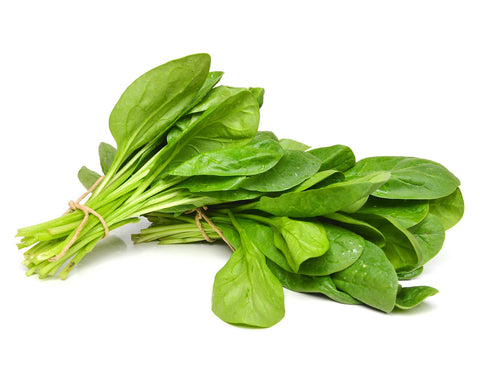
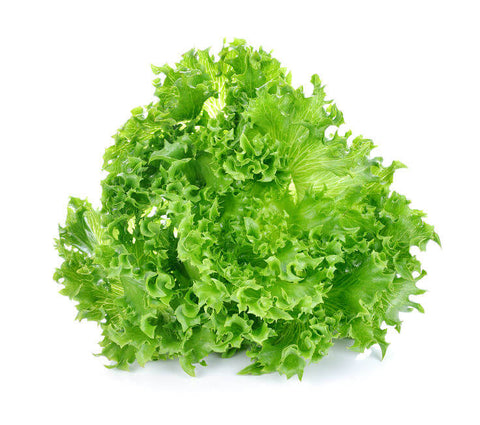
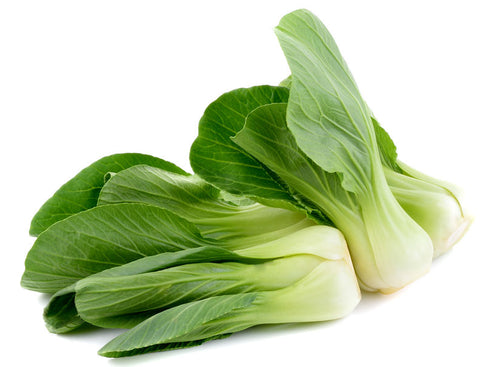
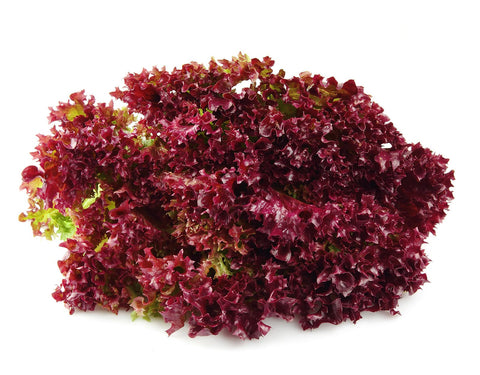

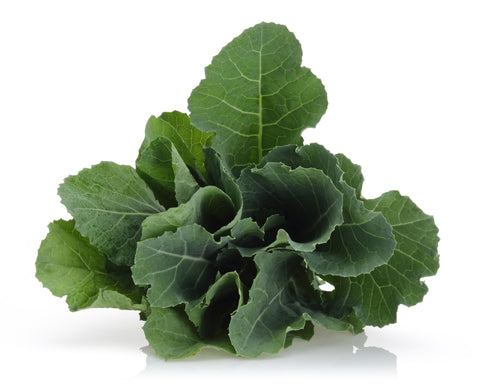

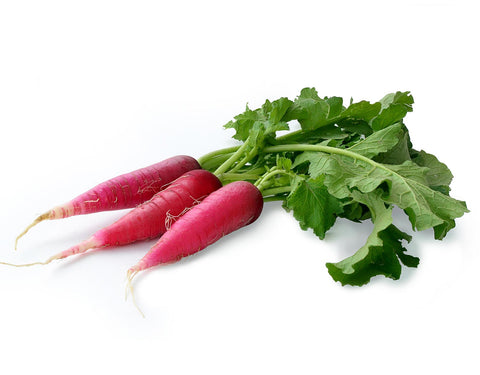
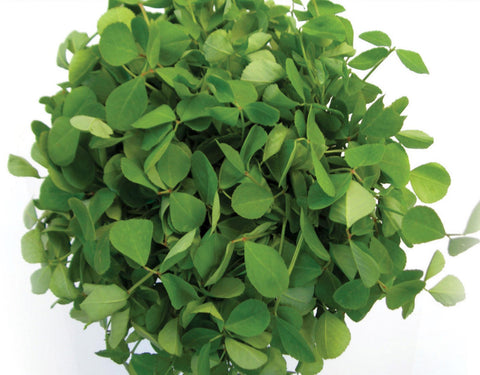
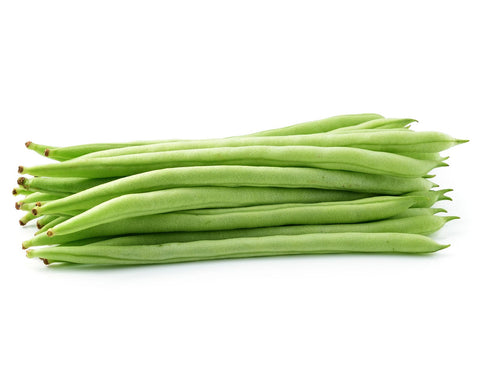

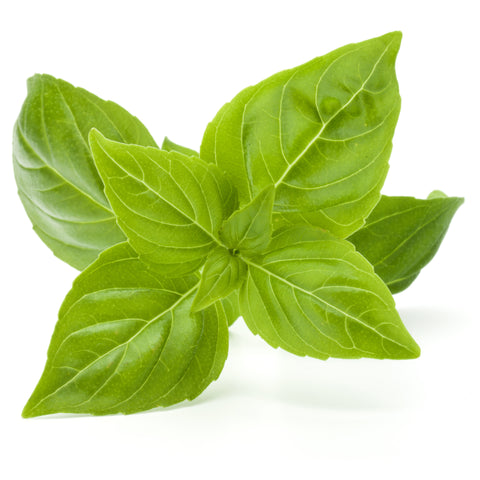
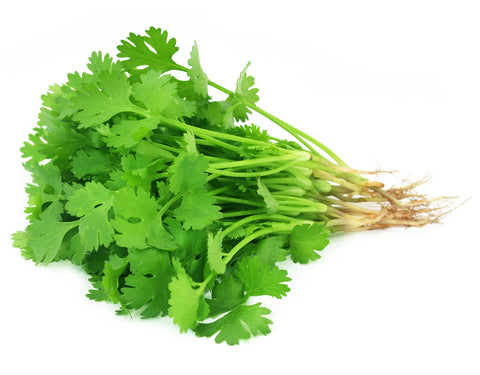
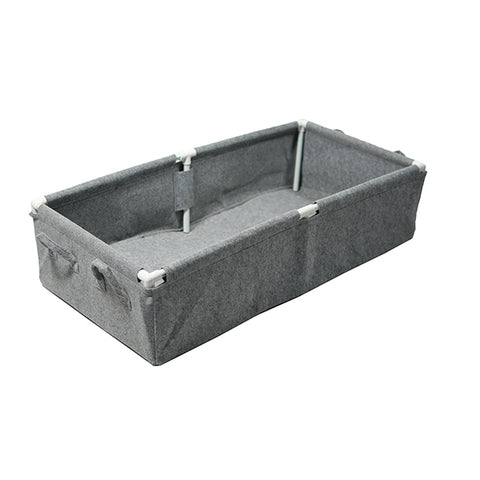
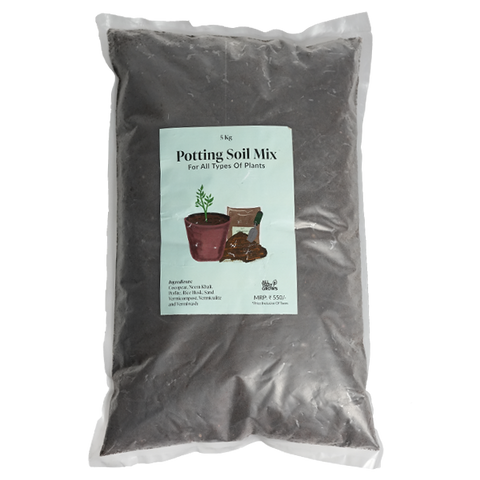






Let us know your feedback
* Comments must be approved before being displayed.